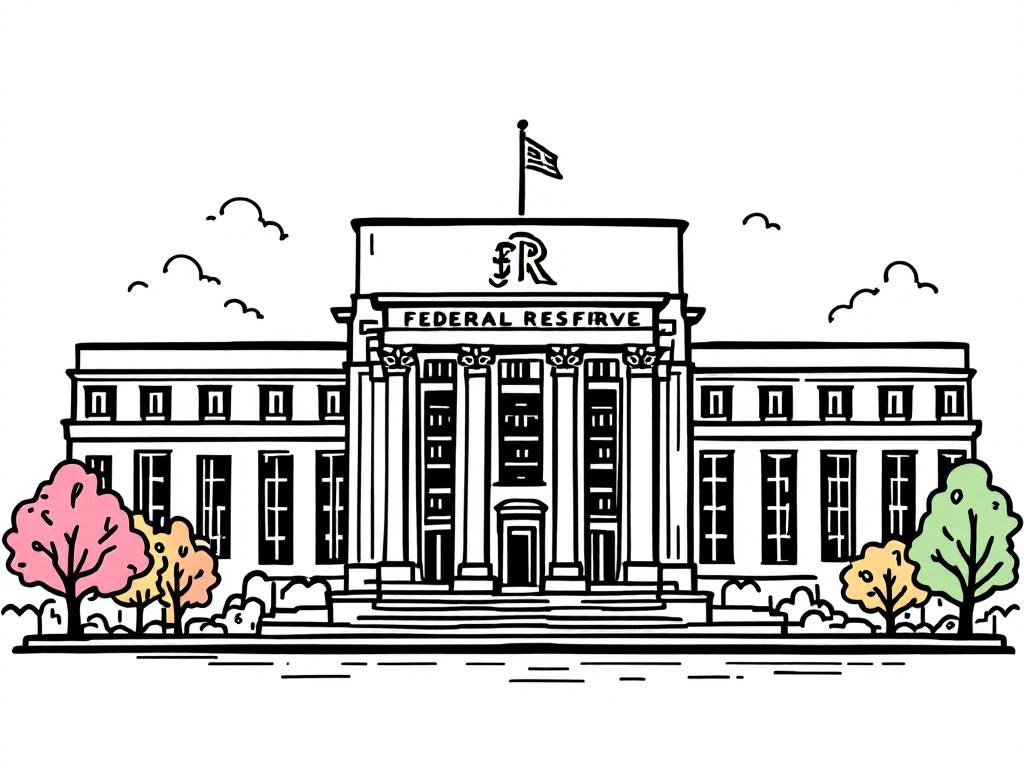Federal Reserve Faces Critical Choices Amid Economic Challenges

Washington, D.C., Wednesday, 18 June 2025.
With the U.S. economy in good shape but facing inflation risks, the Federal Reserve’s next steps are crucial, especially under pressure from tariffs and political influences.
Economic Outlook and Federal Reserve’s Perspective
The U.S. economy is currently experiencing stability with inflation remaining low at approximately 2.1% and unemployment at a historically low rate of 4.2% [1][2]. However, the Federal Reserve, under the leadership of Jerome Powell, is facing pressure regarding its monetary policy decisions due to lingering effects from President Trump’s recently imposed tariffs. These tariffs, which have been pushed to levels unseen in recent decades, could potentially drive inflation rates higher and dampen economic growth in the near future [1][3].
Interest Rates and Monetary Policy Challenges
Despite the stable economic indicators, the Fed has opted to keep its key interest rate unchanged at approximately 4.4% during their meeting on June 18, 2025 [1]. Nevertheless, there remains significant political pressure from the Trump administration, which has recommended rate cuts to bolster economic growth amidst the tariff-induced uncertainty [1][3]. Notable economist Diane Swonk has characterized the Fed’s current situation as an ‘uncomfortable purgatory,’ indicating that without tariff threats, interest rate cuts would be more likely [3].
Market Reactions and Future Economic Projections
On top of the monetary policy dilemmas, the Empire State Manufacturing Survey signaled a downturn in New York’s manufacturing activity, challenging the broader economic growth narrative [4]. Meanwhile, international observers and financial markets are keenly observing the Fed’s next moves, with the institution’s projections indicating possible rate cuts later in the year, contingent on further data and tariff impacts [1][4]. As these economic forces continue to evolve, the Federal Reserve’s role will be critical in navigating through potential stagflation pressures—a complex mix of slowed economic growth and rising inflation [5].
Implications for Businesses and Investors
For the business community and investors, the prevailing uncertainty regarding future rate adjustments and economic conditions underscores the need for strategic agility. Higher interest rates have implications for financing costs, impacting everything from corporate debt to consumer loans. With anticipated shifts in monetary policy, stakeholders are urged to remain vigilant and adaptable to these evolving economic conditions [1][4]. The Federal Open Market Committee’s future meetings will likely focus on adjusting their approach based on comprehensive analyses of inflation trends and employment statistics [5].